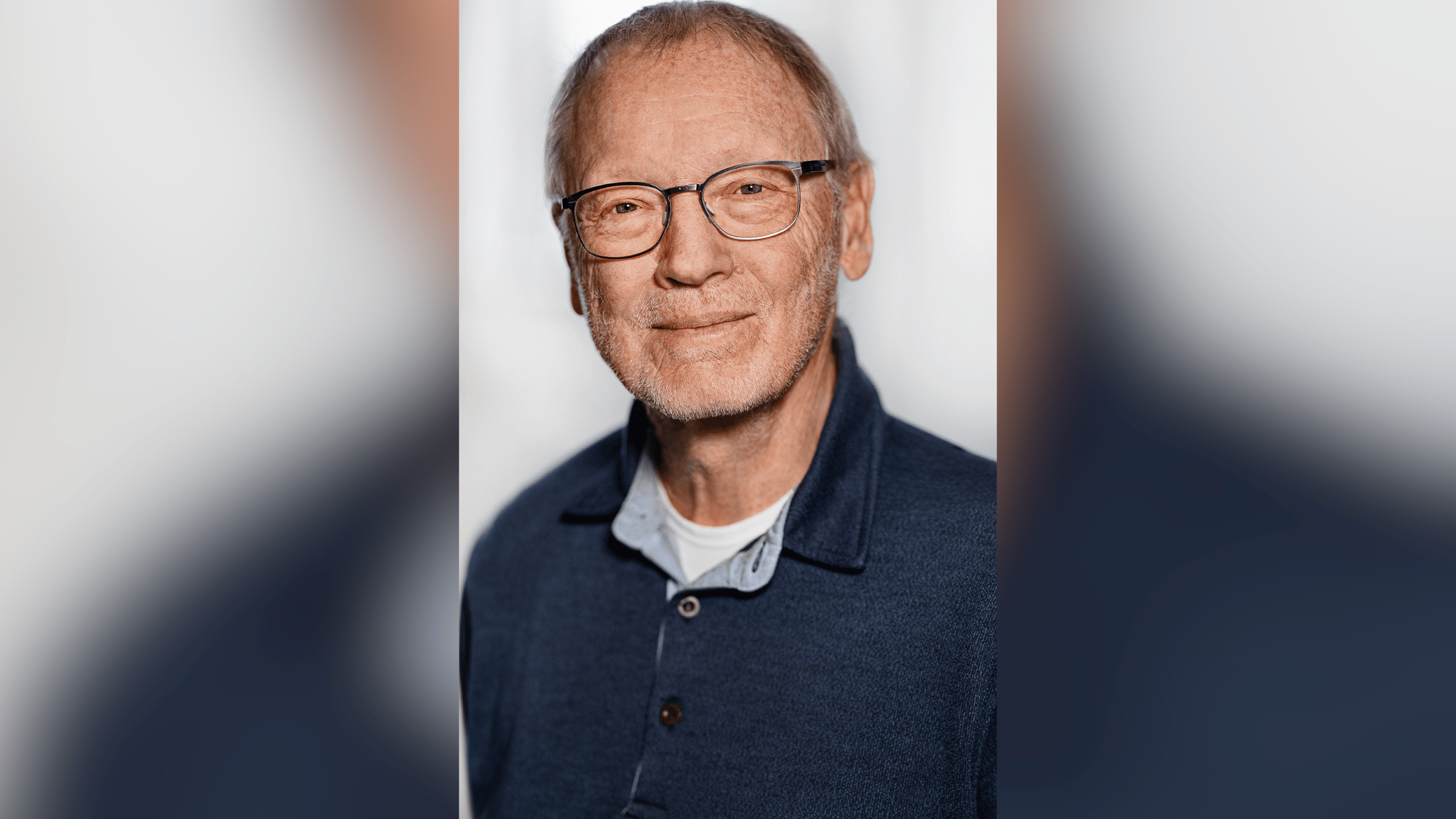When you purchase through links on our web site , we may earn an affiliate commission . Here ’s how it shape .
A Gallic mathematician love for his open up work on a theory used for software range from figure of speech condensation to the detection of gravitational undulation from the coming together of bootleg holes has earned one of the mankind ’s top prizes in math .
Yves Meyer , a professor emeritus inmathematicsat the École normale supérieure Paris - Saclay in France , will receive theAbel Prize , the Norwegian Academy of Sciences and Letters ( which present the prize ) announced today ( March 21 ) in Oslo . The prize , which come with a hard currency award of 6 million Norse Danish krone ( $ 710,000 ) , will be bestowed by King Harald V of Norway on May 23 .

Yves Meyer is known for his pivotal role in developing the wavelet theory, which is used to detect gravitational waves from two black holes merging (right).
Meyer was honored largely " for his polar role in the development of the mathematical theory of wavelets , " the honorary society said . His work on wavelets start out in the mid-1980s . [ The 11 Most Beautiful Mathematical Equations ]
Wavelets are numerical operation that front a bit like the spiky blip that appear on a seismograph or a affection - wave monitor . When the riffle are mathematically mix with another obscure signal ( ranging from sound to paradigm signals ) , they can be used to express information from the original sign . Wavelets , like their more notable cousins Fourier transforms , are wide used in signal processing , including in compact sure formats of JPEG images .
Wavelets are particularly utile when the goal is to discard some external information ( such as low-down - frequency noise from the universe ) while stay fresh the important sign ( like the brief pip ofgravitational wavesfrom two smuggled holes clash ) . Wavelets also aid in detecting boundary , because they easily pull out dapple in data where a signal is change rapidly , such as in the lines of afingerprint .

Though others invented rippling in the former 1980s , Meyer ’s work earmark scientists to make unique wavelet transforms that were ideally fit to specific signal .
Varied life and interests
Meyer was born in Tunisia in 1939 , before emigrate to France and enter an undergraduate school there in 1957 . After graduating , he became a mathematics teacher at a small Gallic military shoal . The job was not a just friction match for him .
" A skilful teacher at the mellow - school tier needs to be much more methodic and organized than I was , " Meyer said in an consultation in theInternational Association of Mathematical Physics bulletin in 2011 .
He also disliked the one - fashion , didactical approach to teaching student while they struggled to earn the noesis and were frequently wrong , he said .

" Socrates make very open that he want a discourse with his friends to discover the verity , " Meyer say in the consultation . " Truth is never given to him as a gift from God ; true statement needs to be elaborated through a collective work . My experience of teaching in a eminent school shaped my entire biography . I understand that I was more well-chosen to share than to have . "
After that frustrating experience , in 1963 , he applied to a doctorial program in Strasbourg , France and , over the decade , hopped from schoolhouse to school in France , never settle on a permanent base . His numerical inquiries were equally wayfaring : He develop authoritative theories in a across-the-board range of fields , including turn theory and the Navier - Stokes theorem , which describe the menstruum ofviscous fluid .
" During my professional life , I obsessively tried to cross the frontier , " Meyer enunciate in a financial statement from theNorwegian Academy of Sciences and Letters .

in the first place published onLive Science .












